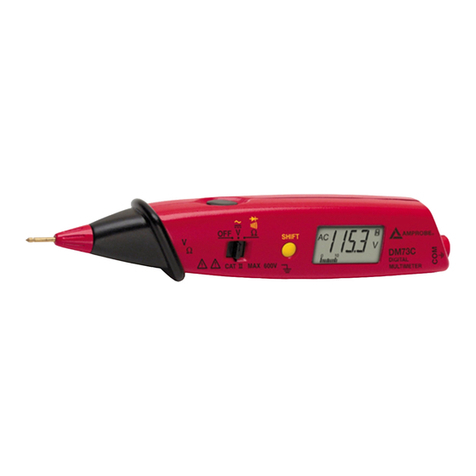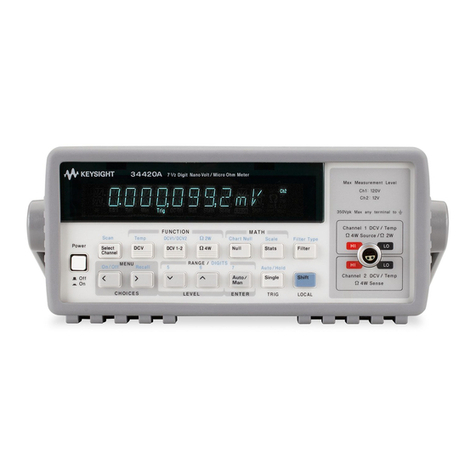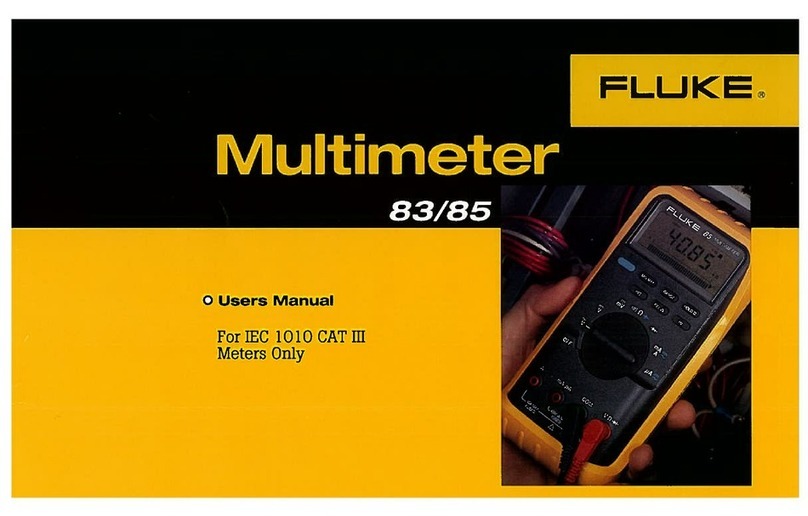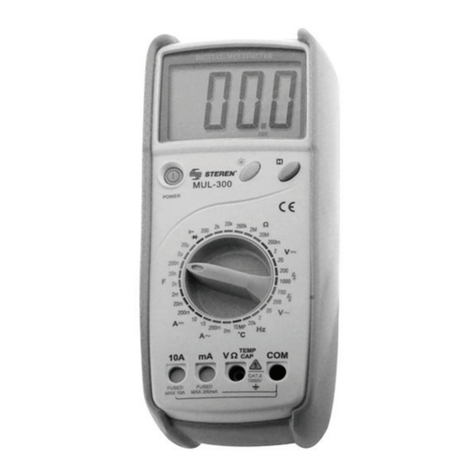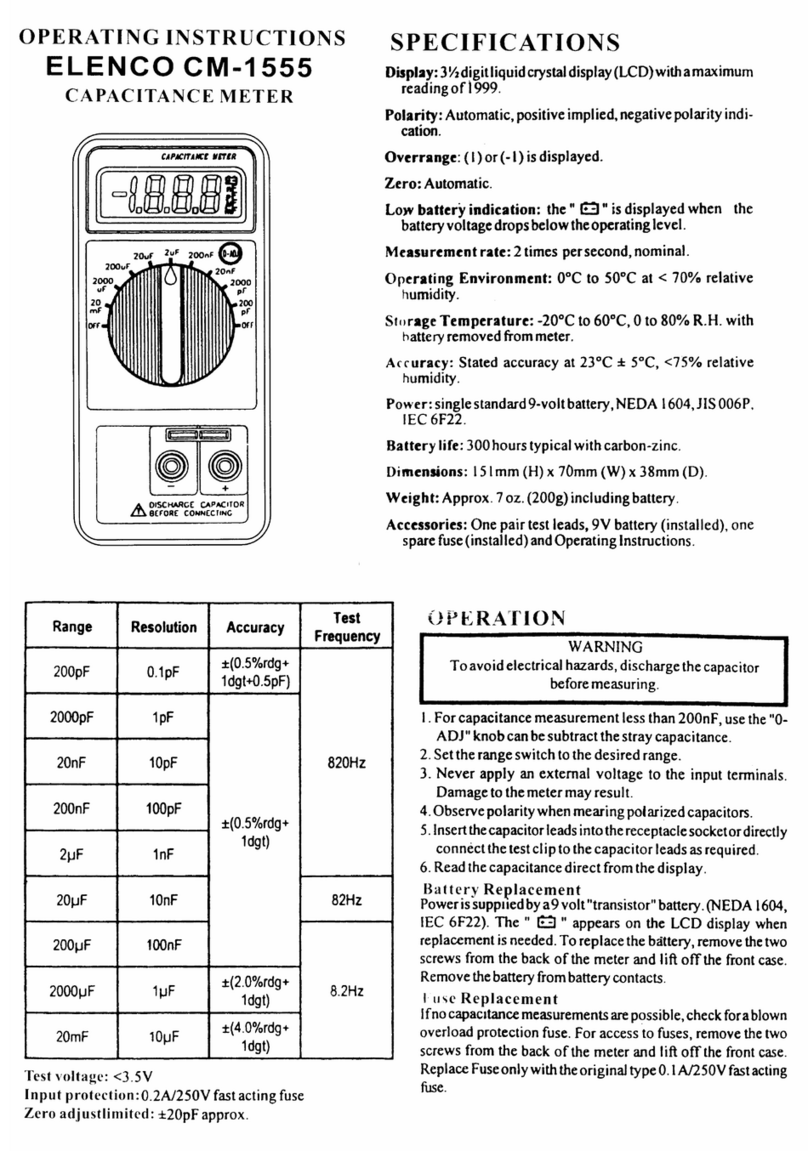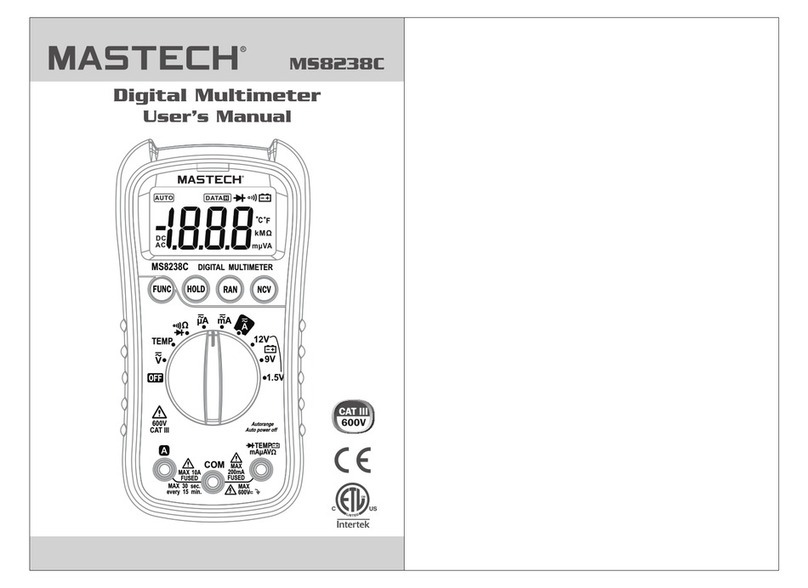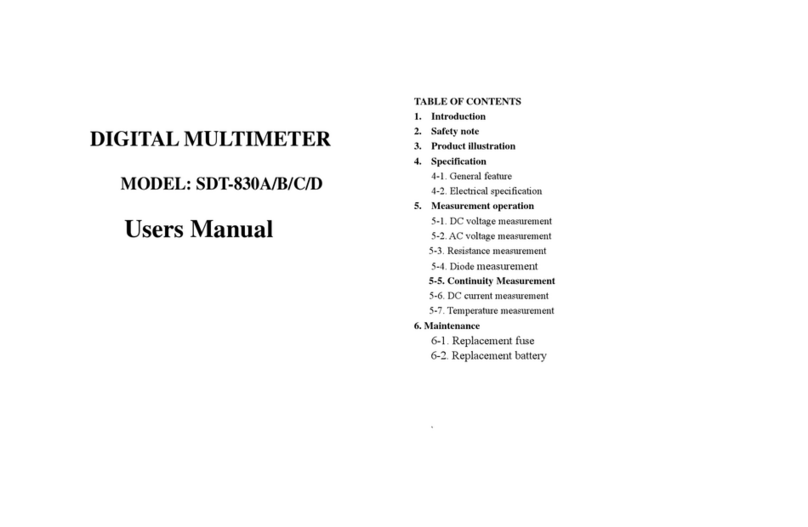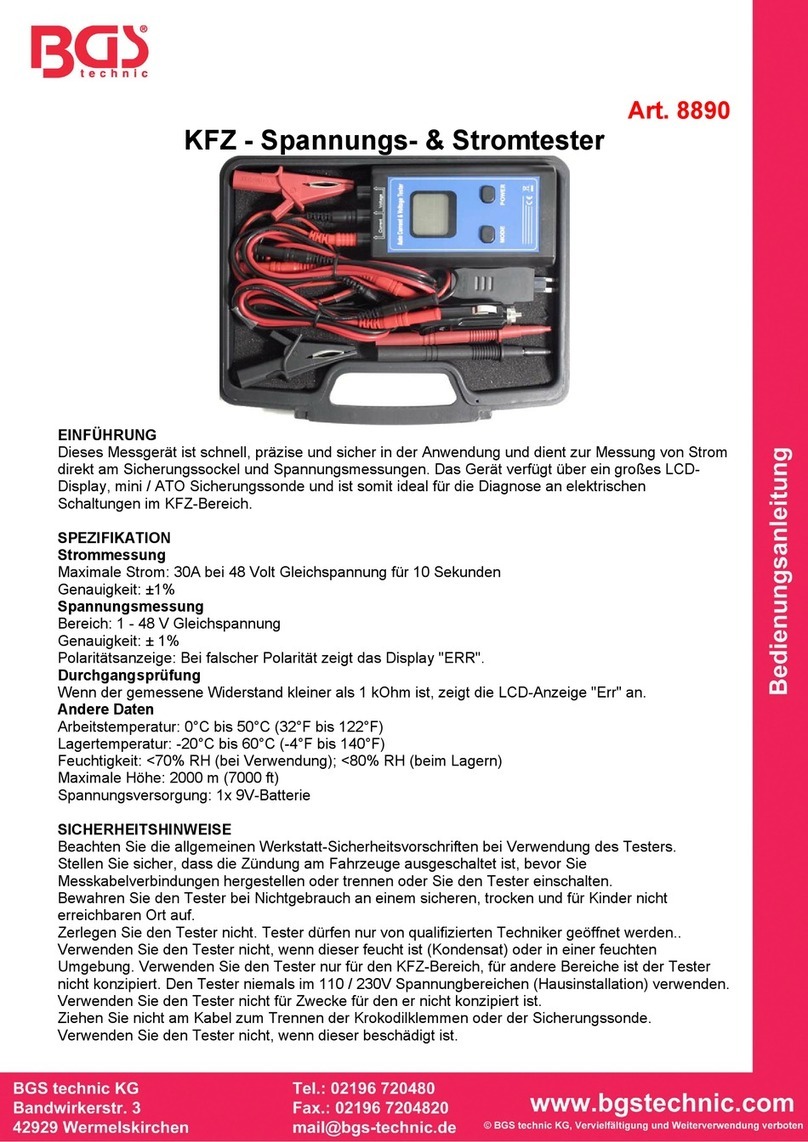Amprobe PM51A User manual
Other Amprobe Multimeter manuals
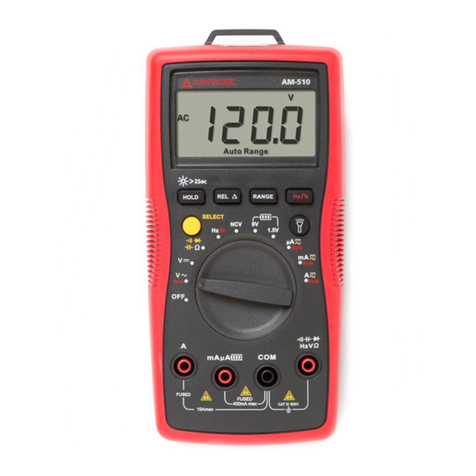
Amprobe
Amprobe AM-510 User manual
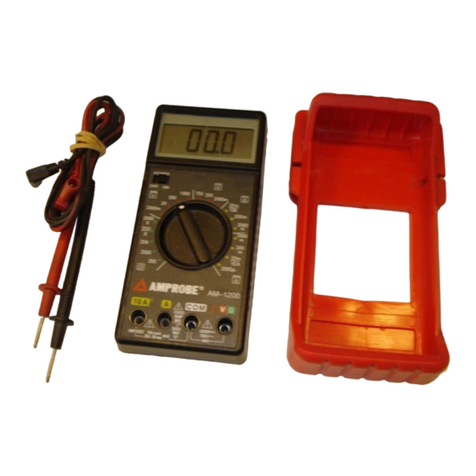
Amprobe
Amprobe AM-1200 User manual
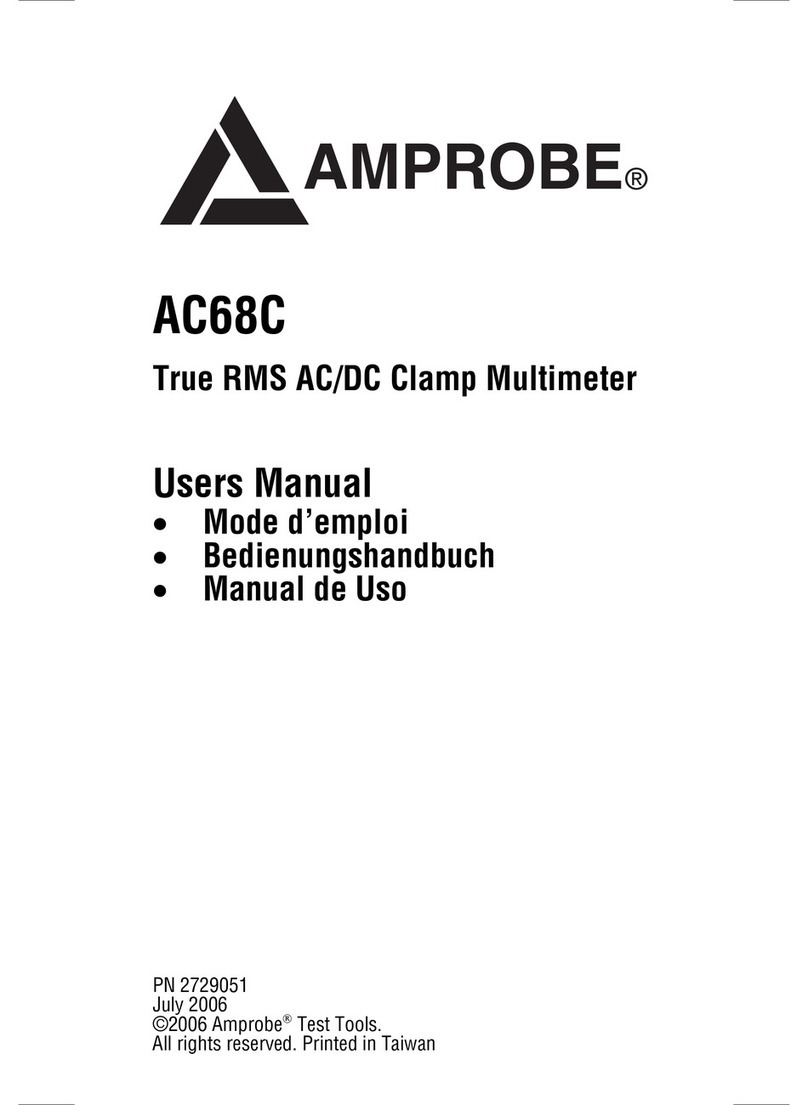
Amprobe
Amprobe ac68C User manual

Amprobe
Amprobe PM-60 User manual

Amprobe
Amprobe AM-530 User manual

Amprobe
Amprobe ACDC-3000 User manual
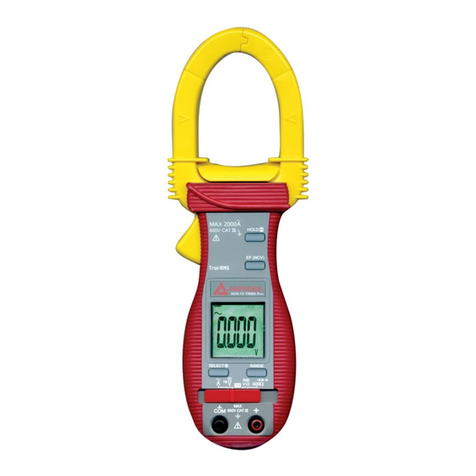
Amprobe
Amprobe ACD-15 Pro User manual
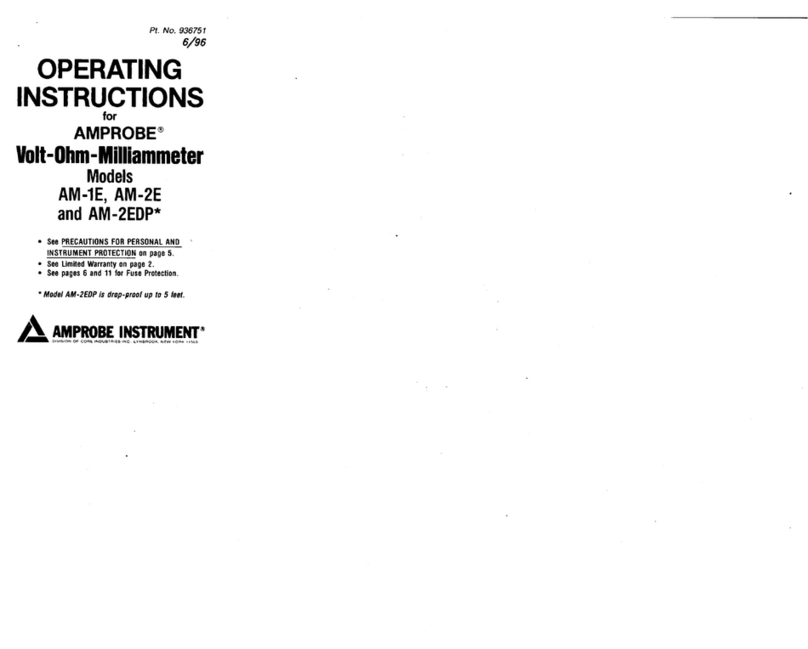
Amprobe
Amprobe AM-1E User manual
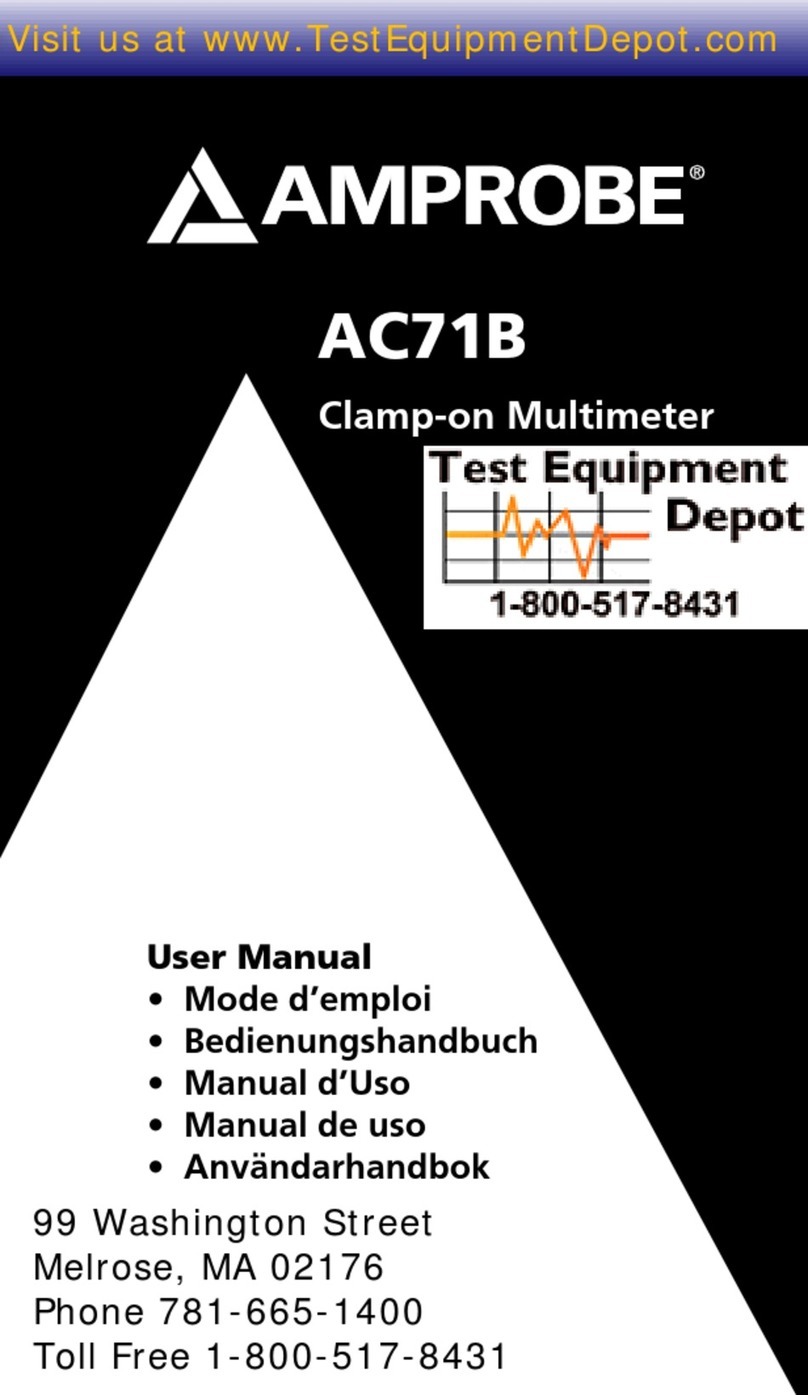
Amprobe
Amprobe AC71B User manual
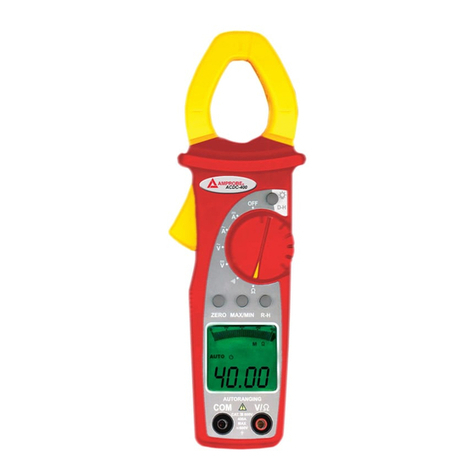
Amprobe
Amprobe ACDC-400 User manual

Amprobe
Amprobe AM-250 User manual
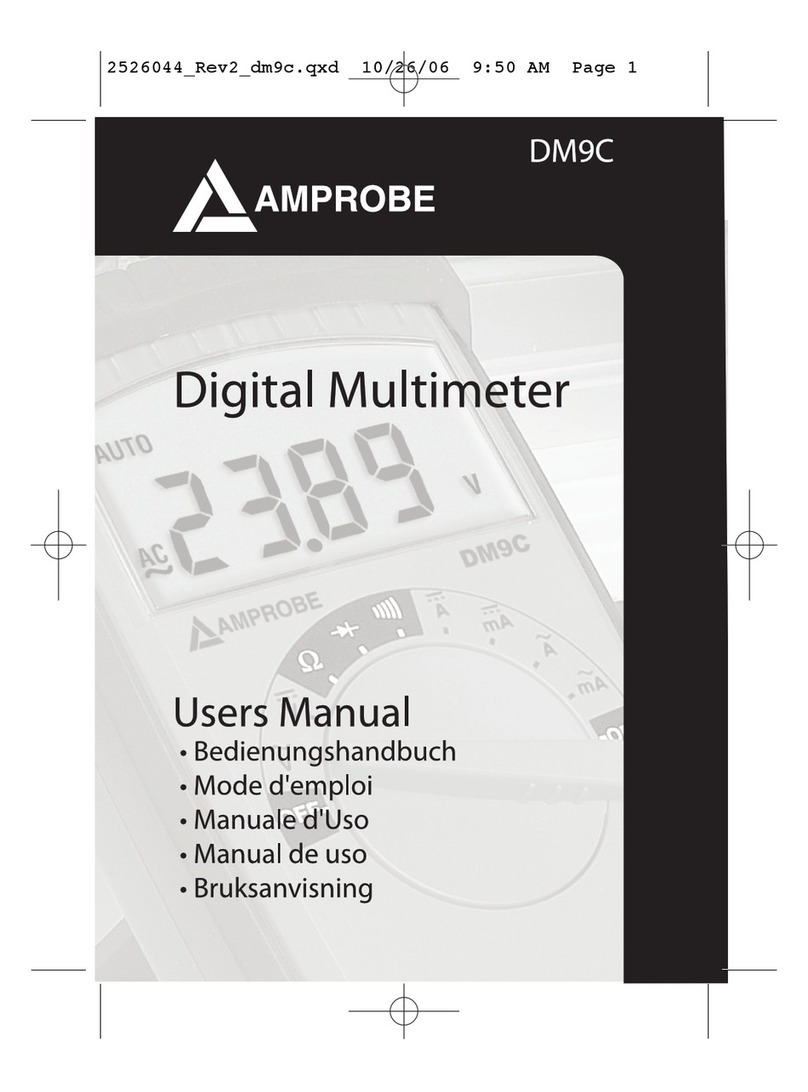
Amprobe
Amprobe DM9C User manual
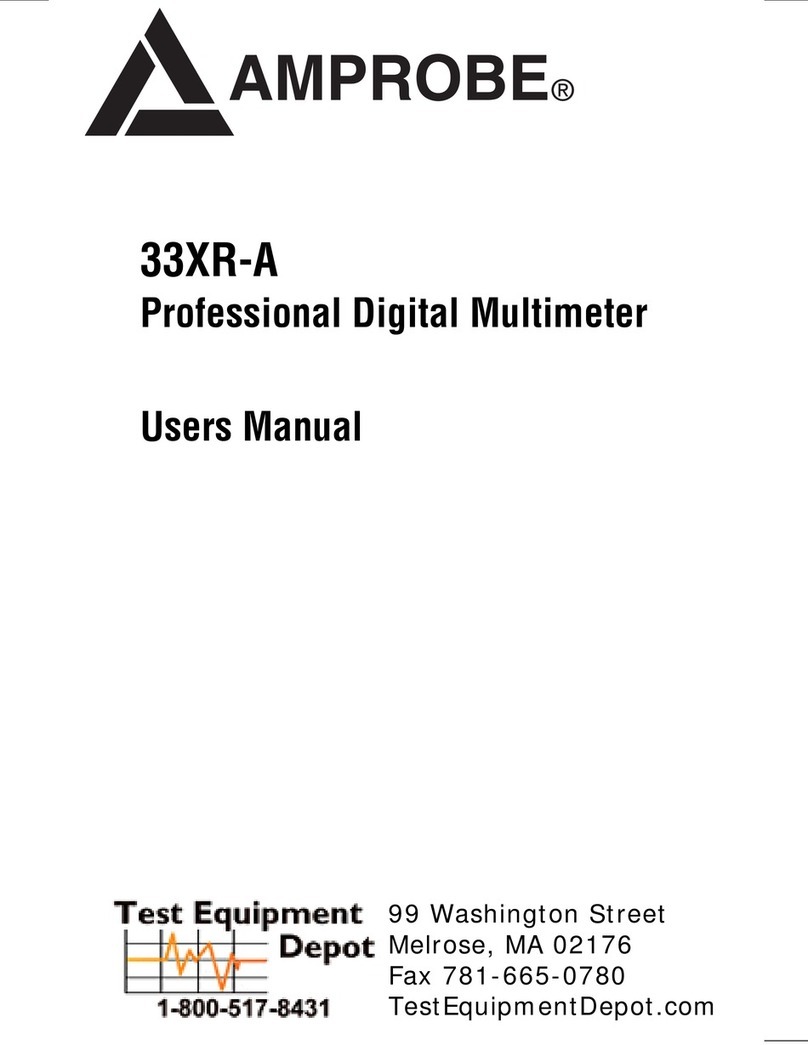
Amprobe
Amprobe 33XR-A User manual
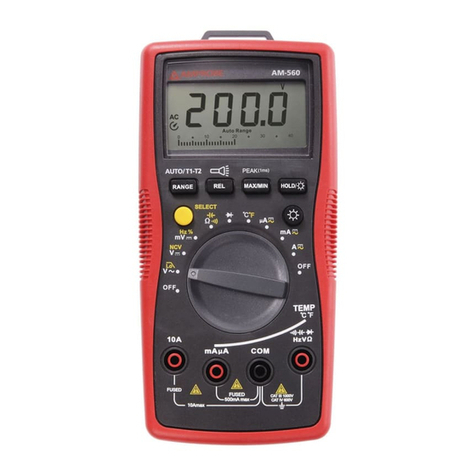
Amprobe
Amprobe AM-560 User manual
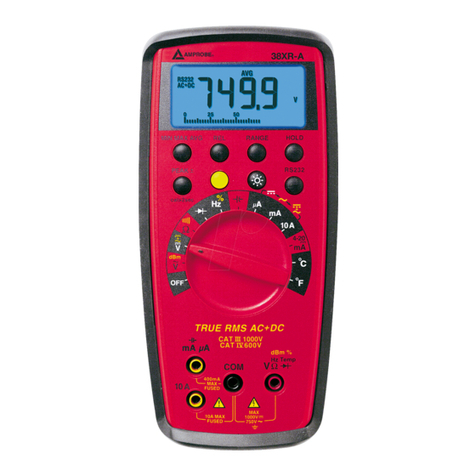
Amprobe
Amprobe 38XR-A User manual
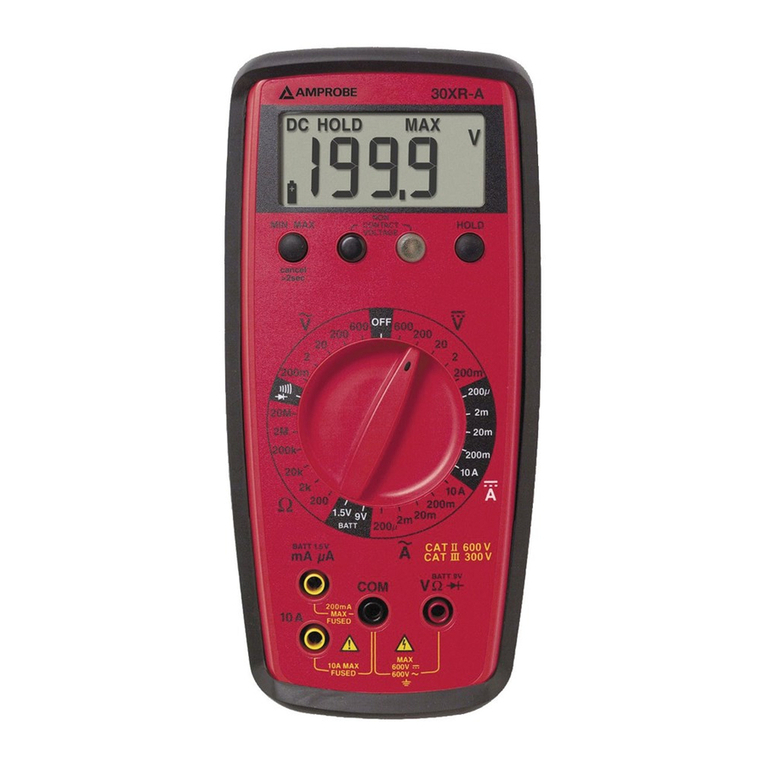
Amprobe
Amprobe 30XR-A User manual

Amprobe
Amprobe AM-120 TRMS User manual
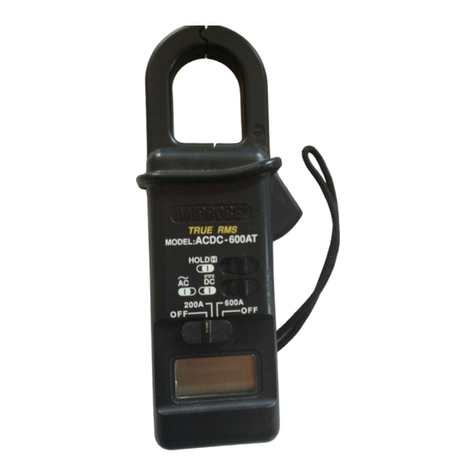
Amprobe
Amprobe ACDC-600A User manual
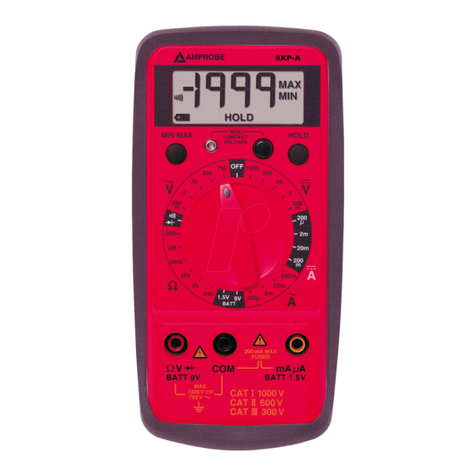
Amprobe
Amprobe 5XP-A User manual
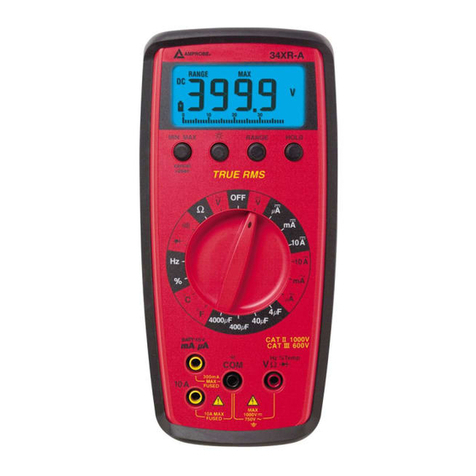
Amprobe
Amprobe 34XR-A User manual
Popular Multimeter manuals by other brands
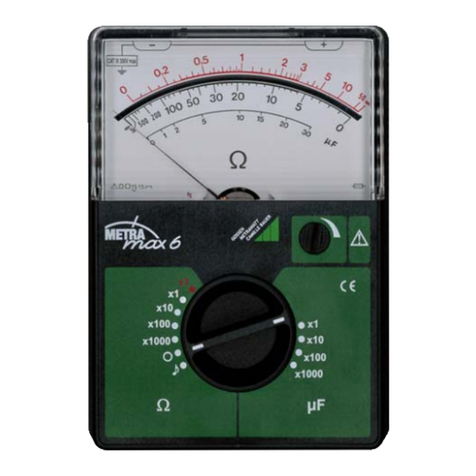
Gossen MetraWatt
Gossen MetraWatt METRAmax 6 operating instructions

PeakTech
PeakTech 4000 Procedure of calibration
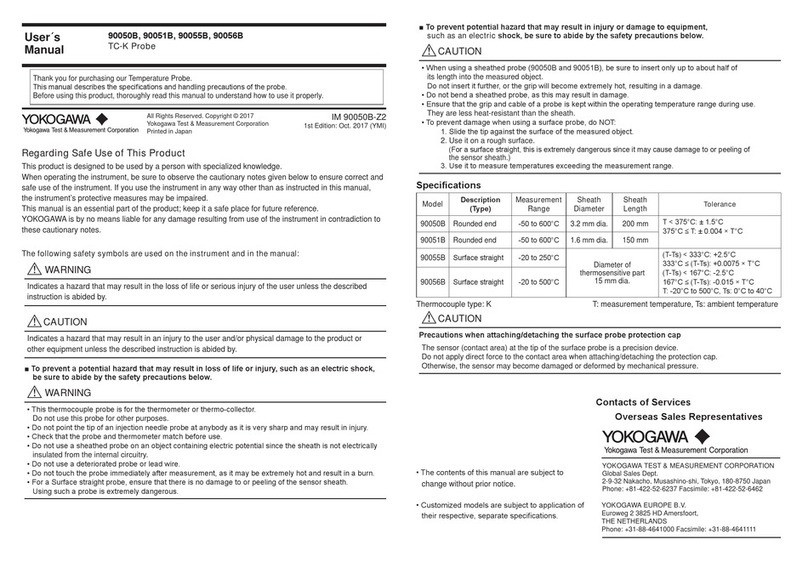
YOKOGAWA
YOKOGAWA 90050B user manual
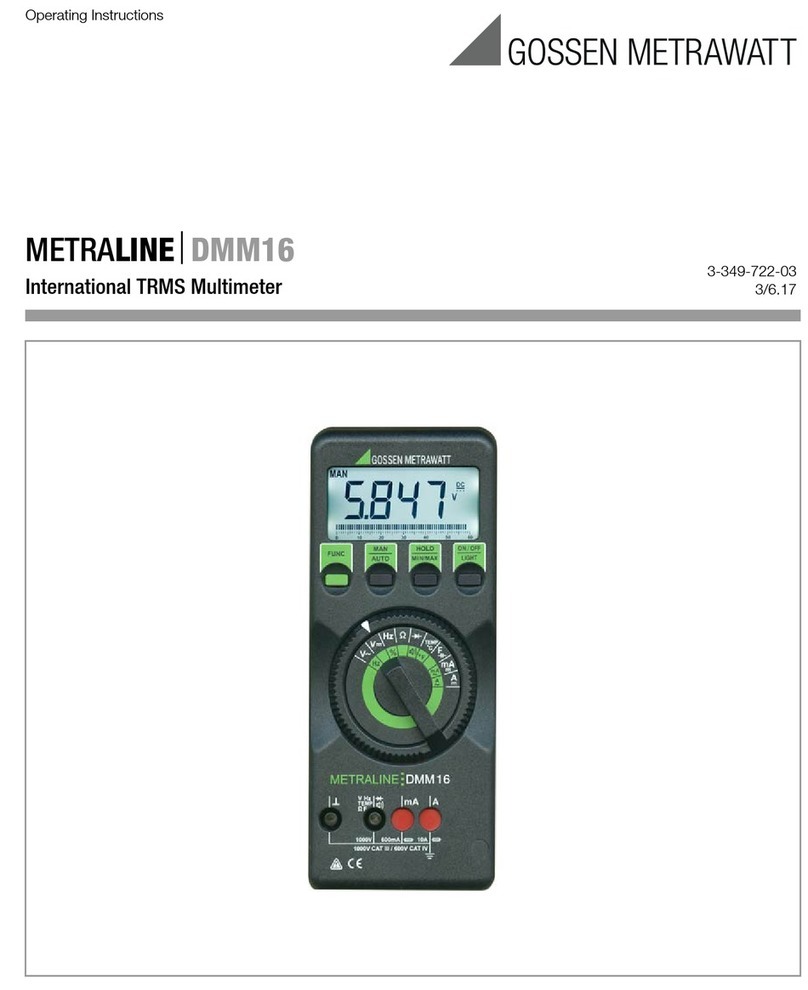
Gossen MetraWatt
Gossen MetraWatt METRALINE DMM16 operating instructions
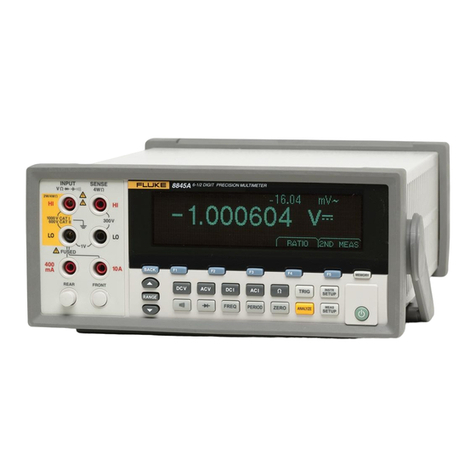
Fluke
Fluke 8846A Programmer's manual

Tempo Communications
Tempo Communications MM200 instruction manual

